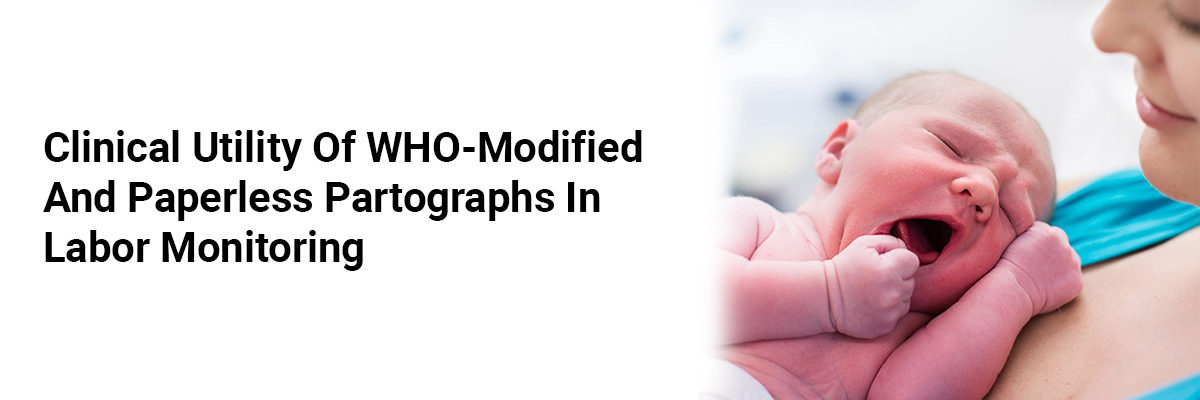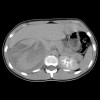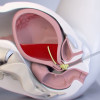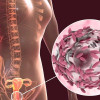
 IJCP Editorial Team
IJCP Editorial Team
Clinical Utility of WHO-Modified and Paperless Partographs in Labor Monitoring
Introduction
Prompt detection of deviations from normal labor progress is essential for improving maternal and perinatal outcomes. The partograph remains a foundational tool in labor management, enabling continuous visual tracking of labor progress and facilitating timely interventions. This study evaluated the clinical utility of the WHO-modified partograph, which incorporates alert and action lines, and the paperless partograph, which utilizes estimated time of delivery alerts and actions. The primary aim was to compare their efficacy in identifying abnormal labor patterns and predicting obstetric outcomes.
Methods
A prospective observational study was undertaken over 18 months at the Department of Obstetrics and Gynecology, Christian Medical College and Hospital, Ludhiana. Two hundred antenatal patients with singleton-term pregnancies and cephalic presentation in the active phase of labor were selected. Group I (n = 100) had labor progression monitored using the WHO-modified partograph, while Group II (n = 100) utilized a paperless partograph for recording labor events.
Results
Comparative analysis of labor duration, progress, mode of delivery, and neonatal outcomes revealed no statistically significant differences between the two groups. Both the WHO-modified and paperless partographs demonstrated equivalent efficacy in predicting labor outcomes and detecting deviations from normal labor progression.
Discussion
The findings substantiate that the paperless partograph is a viable alternative to the traditional WHO-modified partograph in busy labor settings, as it obviates the need for graphical plotting without compromising clinical effectiveness. Its adoption could enhance labor monitoring efficiency, particularly in high-volume facilities, while maintaining reliable detection of labor abnormalities and supporting timely decision-making.
Conclusion
The paperless partograph is as effective as the WHO-modified partograph in predicting labor progression, identifying abnormalities, and assessing maternal and perinatal outcomes. Given its practicality, particularly in resource-constrained environments, it offers a robust alternative for comprehensive labor monitoring.
Source: Bansal S, Mandrelle K, Varughese PV. Indian J Obstet Gynecol Res. 2023;10(4):403-407.

IJCP Editorial Team
Comprising seasoned professionals and experts from the medical field, the IJCP editorial team is dedicated to delivering timely and accurate content and thriving to provide attention-grabbing information for the readers. What sets them apart are their diverse expertise, spanning academia, research, and clinical practice, and their dedication to upholding the highest standards of quality and integrity. With a wealth of experience and a commitment to excellence, the IJCP editorial team strives to provide valuable perspectives, the latest trends, and in-depth analyses across various medical domains, all in a way that keeps you interested and engaged.





















Please login to comment on this article